In May 2020, I presented some Active Directory security topics in a Trimarc Webcast called “Securing Active Directory: Resolving Common Issues” and included some information I put together relating to the security of AD Group Managed Service Accounts (GMSA). This post includes the expanded version of attacking and defending GMSAs I covered in the webcast.I …
Tag: LSASS
Jan 01 2016
Attack Methods for Gaining Domain Admin Rights in Active Directory
There are many ways an attacker can gain Domain Admin rights in Active Directory. This post is meant to describe some of the more popular ones in current use. The techniques described here “assume breach” where an attacker already has a foothold on an internal system and has gained domain user credentials (aka post-exploitation). The …
Aug 13 2015
Active Directory Security Risk #101: Kerberos Unconstrained Delegation (or How Compromise of a Single Server Can Compromise the Domain)
At Black Hat USA 2015 this summer (2015), I spoke about the danger in having Kerberos Unconstrained Delegation configured in the environment. When Active Directory was first released with Windows 2000 Server, Microsoft had to provide a simple mechanism to support scenarios where a user authenticates to a Web Server via Kerberos and needs to …
May 11 2015
Detecting Mimikatz Use
Benjamin Delpy published some YARA rules in detecting Mimikatz use in your environment. More information on Mimikatz capability is in the “Unofficial Mimikatz Guide & Command Reference” on this site. YARA is described as: YARA is a tool aimed at (but not limited to) helping malware researchers to identify and classify malware samples. With YARA …
May 07 2015
Windows 10 Microsoft Passport (aka Microsoft Next Generation Credential) In Detail
At the Microsoft Ignite conference this week, there are several sessions covering Windows 10 features. One of biggest changes in Windows 10 is the new credential management method and the related “Next Generation Credential”, now named Microsoft Passport. There hasn’t been much information on how the new credential system works, so I challenged myself to …
Jan 19 2015
Attackers Can Now Use Mimikatz to Implant Skeleton Key on Domain Controllers & BackDoor Your Active Directory Forest
Once an attacker has gained Domain Admin rights to your Active Directory environment, there are several methods for keeping privileged access. Skeleton Key is an ideal persistence method for the modern attacker. More information on Skeleton Key is in my earlier post. Note that the behavior documented in this post was observed in a lab …
Jan 16 2015
Active Directory Domain Controller Skeleton Key Malware & Mimikatz
Dell SecureWorks posted about the Skeleton Key malware discovered at a customer site. The Skeleton Key malware is installed on one or multiple Domain Controllers running a supported 64bit OS. The malware “patches” the security system enabling a new master password to be accepted for any domain user, including admins. This enables the attacker to …
Nov 21 2014
Microsoft KB2871997: Back-Porting Windows 8.1/Win2012R2 Enhanced Security & Pass The Hash Mitigation to Windows 7, Windows 8, & Windows 2008R2
In June 2014, Microsoft released KB2871997 which takes many of the enhanced security protection mechanisms built into Windows 8.1 & Windows Server 2012 R2 and “back-ports” them to Windows 7, Windows 8, Windows Server 2008R2, and Windows Server 2012. The enhanced security features reduce the credential data stored in memory and supports modern authentication (Kerberos …
Sep 06 2014
The Evolution of Protected Processes Part 1: Pass-the-Hash Mitigations in Windows 8.1
Pass-the-Hash has been around for years The post on Alex Ionescu’s blog, The Evolution of Protected Processes Part 1: Pass-the-Hash Mitigations in Windows 8.1, describes the latest mitigation techniques Microsoft is incorporating in the latest versions of Windows. He describes the importance of LSASS in his post: (emphasis/bold text is my own) The LSASS Process In …

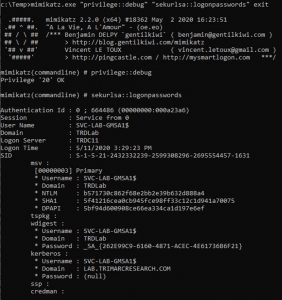
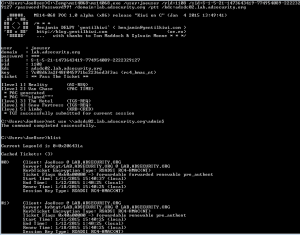
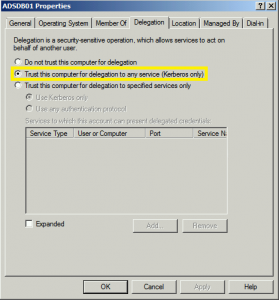
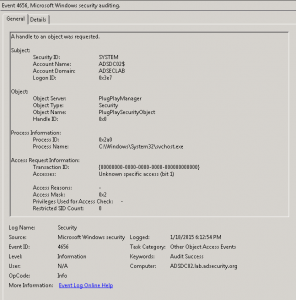
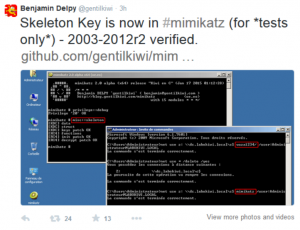
Recent Comments